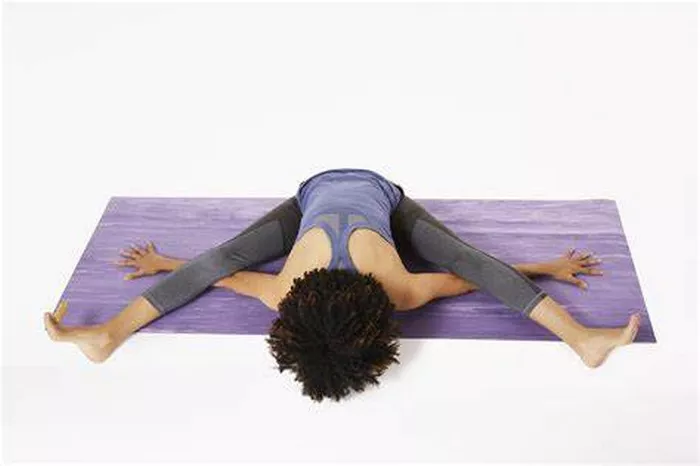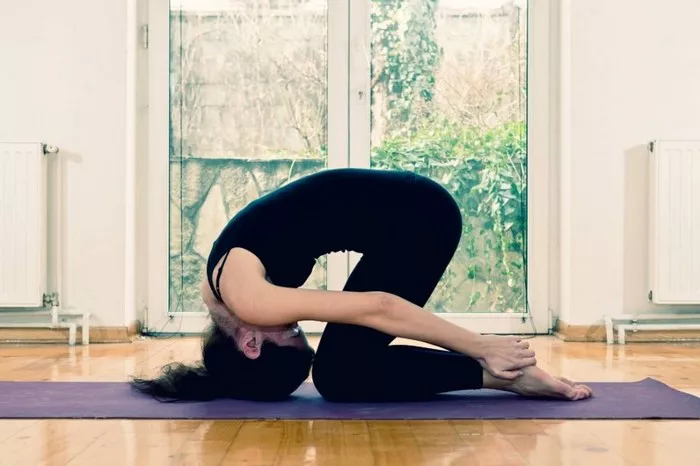Hot yoga has gained widespread popularity in recent years, attracting individuals from all walks of life, looking for an effective and dynamic way to improve their health and well-being. One of the primary claims of hot yoga practitioners is that the heated environment can enhance flexibility. But is this really true? Does practicing yoga in a hot room actually improve flexibility, or is it merely a temporary effect of warmth and heat?
This article will explore the science behind hot yoga, the role of heat in increasing flexibility, the potential benefits and risks, and the best practices for those looking to increase their flexibility through yoga.
What Is Hot Yoga?
Before diving into how hot yoga impacts flexibility, let’s first define what hot yoga is. Hot yoga is a style of yoga practiced in a heated room, typically maintained at temperatures ranging from 85°F (29°C) to 105°F (40°C). The most well-known form of hot yoga is Bikram Yoga, which consists of a set sequence of 26 postures and two breathing exercises performed in a room heated to 105°F (40°C) with 40% humidity. Other variations, such as Vinyasa or Power Yoga, are also practiced in heated rooms, but the sequences and postures can differ.
The heated environment is thought to help the body warm up faster, allowing practitioners to move deeper into their stretches and possibly gain greater flexibility during their practice. However, as with any fitness routine, it’s important to understand the physiological mechanisms that may support or counteract this claim.
The Science of Flexibility
Flexibility refers to the ability of muscles and joints to move through their full range of motion without strain. Improving flexibility involves stretching muscles and tissues, allowing them to become longer and more pliable. There are several factors that influence flexibility:
Muscle Length: Stretching the muscles increases their length, which in turn increases flexibility.
Joint Mobility: The ability of the joints to move freely without pain or restriction is essential for flexibility.
Tissue Elasticity: The connective tissue, such as tendons and ligaments, needs to be pliable to allow for a full range of motion.
Nervous System Adaptation: The nervous system plays a critical role in flexibility. Stretching can influence the nervous system’s ability to tolerate the sensation of lengthening muscles and tissues.
How Does Heat Affect Flexibility?
Heat is a key component of hot yoga. It is believed that the warmth from the heated room may affect flexibility in several ways:
1. Increased Muscle Temperature
Heat increases the temperature of the muscles, which can help them become more pliable and less resistant to stretching. When muscles are warm, the fibers within them become more elastic, making it easier to stretch them further. This can create the feeling of greater flexibility during the practice.
2. Improved Blood Flow
Heat also enhances circulation, which helps deliver more oxygen and nutrients to the muscles. Increased blood flow can help muscles work more efficiently, reduce stiffness, and improve overall flexibility. A warmer body may feel less tight and more relaxed, allowing for deeper stretching.
3. Increased Synovial Fluid Production
The joints in the body are surrounded by synovial fluid, which serves to lubricate them and reduce friction during movement. The heat generated during hot yoga can stimulate the production of synovial fluid, which can make it easier to move the joints through their full range of motion. This lubrication can contribute to the feeling of improved flexibility.
4. Psychological Effects
The hot environment in yoga may also have a psychological effect. For some practitioners, the heat creates a sense of relaxation and comfort, which may help them push past their usual limits. This mental component can enhance the perception of flexibility, although it’s important to note that the improvement is temporary unless maintained through consistent practice.
Can Hot Yoga Increase Flexibility in the Long Term?
The short-term effects of hot yoga are clear: the heat can make the muscles feel more flexible in the moment, allowing practitioners to perform deeper stretches. But does hot yoga lead to lasting increases in flexibility over time? The answer is more complex.
While hot yoga may provide temporary benefits, the long-term effects on flexibility depend on a variety of factors. Consistent practice of any form of yoga can increase flexibility over time, but it requires dedication and patience. The heated environment can be a helpful tool in allowing individuals to feel deeper stretches, but the true benefits of flexibility come from regular and sustained stretching practices, regardless of the environment.
It’s also important to remember that flexibility improvements take time and may vary from person to person. Some individuals may experience significant gains in flexibility through hot yoga, while others may find that the heat provides only temporary relief from stiffness without lasting changes.
Hot Yoga vs. Regular Yoga
When comparing hot yoga to regular yoga (yoga performed in a room with normal temperatures), the heated environment in hot yoga provides a few key differences:
1. Flexibility Gains
Many practitioners report feeling greater flexibility in the moment when practicing in a hot room. The heat helps muscles relax and stretch further, but this effect is typically temporary. In regular yoga, flexibility improvements may take longer to achieve but can still result in long-term gains with consistent practice.
2. Detoxification Claims
Hot yoga is often touted for its purported ability to detoxify the body by making individuals sweat more intensely. While sweating can help flush out toxins from the skin, the liver and kidneys remain the primary organs responsible for detoxification. The idea that hot yoga can significantly detoxify the body is not supported by substantial scientific evidence.
3. Increased Intensity
The heat in a hot yoga class can increase the intensity of the practice, making it feel more challenging and potentially leading to quicker physical results. However, this added intensity can also increase the risk of injury if practitioners push themselves too hard without paying attention to their body’s limits.
4. Mental Focus
The physical discomfort caused by the heat can help some individuals cultivate mental strength and focus. It can encourage mindfulness and awareness of the body’s sensations, which may improve the practice of both hot and regular yoga.
Potential Risks of Hot Yoga
While hot yoga has its benefits, it is not without risks. The heat can cause the body to become overheated, leading to dehydration, heat exhaustion, and even heatstroke. Individuals who are not accustomed to high temperatures or those with underlying health conditions (such as heart disease or respiratory issues) should be cautious when practicing hot yoga.
Dehydration is a significant concern during hot yoga, as the body sweats profusely in the heated environment. It is important to drink plenty of water before, during, and after class to prevent dehydration.
Additionally, because the heat can make the muscles feel more flexible than they actually are, there is an increased risk of overstretching or pushing beyond one’s limits. It is crucial to listen to your body and avoid forcing movements that could lead to injury.
Best Practices for Practicing Hot Yoga Safely
If you decide to practice hot yoga to improve your flexibility, there are several tips to help you maximize benefits while minimizing risks:
Hydrate Properly: Drink plenty of water before, during, and after class to keep your body hydrated. Consider drinking an electrolyte-rich beverage if you are sweating heavily.
Wear Comfortable Clothing: Choose lightweight, breathable clothing to help regulate your body temperature and prevent overheating.
Avoid Overstretching: While the heat can make you feel more flexible, resist the urge to push yourself too far. Stretching should always be done within your body’s natural range of motion.
Listen to Your Body: Pay attention to how your body feels throughout the practice. If you feel lightheaded, dizzy, or fatigued, take a break and rest in child’s pose or another restorative posture.
Practice Regularly: Flexibility improvements take time, so commit to practicing hot yoga (or any form of yoga) consistently to see lasting results.
Conclusion
Hot yoga can offer immediate benefits by increasing flexibility in the short term, thanks to the heat’s ability to relax muscles and improve circulation. However, lasting flexibility gains come from consistent practice and stretching, whether in a heated or non-heated environment. The heat may help some individuals feel more flexible, but it is important to remember that true improvements in flexibility require time, patience, and proper technique.
If practiced safely and with awareness, hot yoga can be an excellent tool to enhance your yoga journey, improve flexibility, and promote overall physical health. But as with any form of exercise, always be mindful of your body’s limits and approach your practice with care and respect.
Related Topics:

















